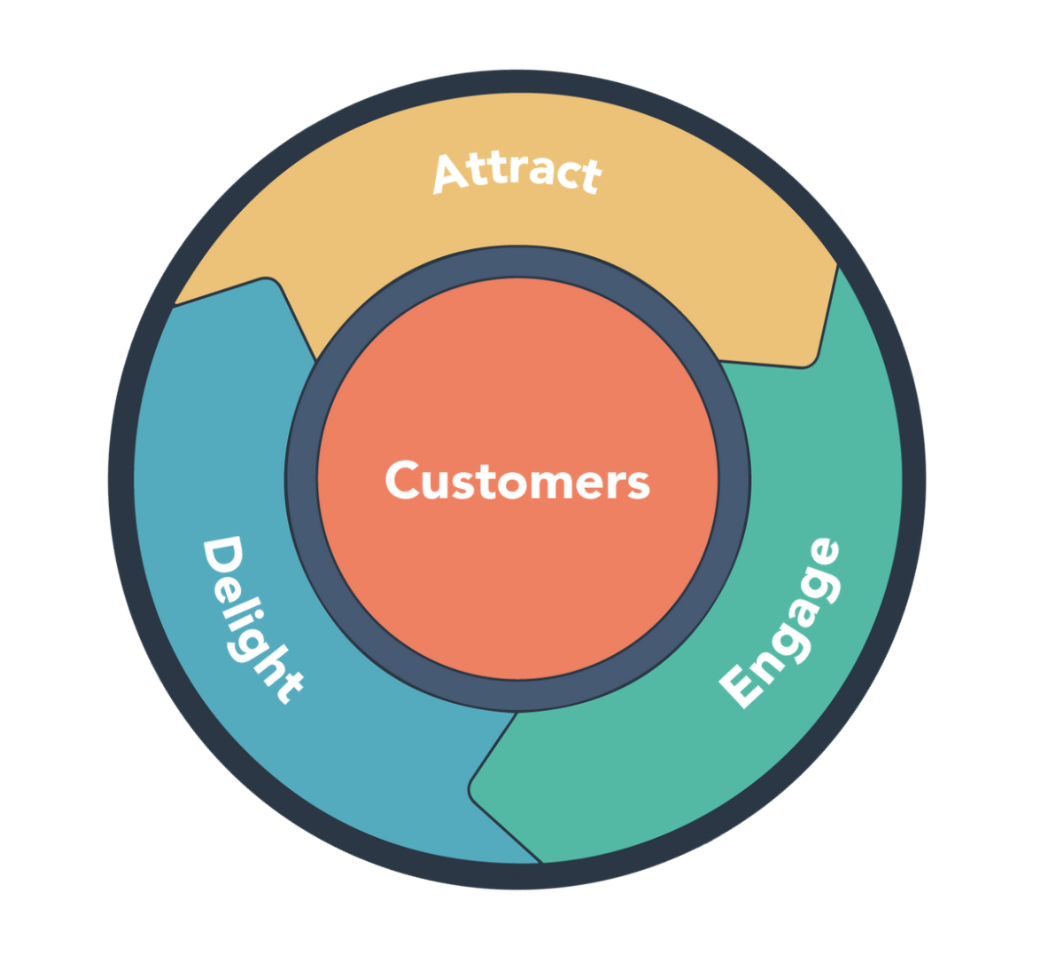Our Methodology
What is inbound marketing?
Inbound Marketing is a methodology that is constructed to attract potential customers and visitors; an inverse of Outbound Marketing, which is designed to seed a brand or product into a market with wishes of gaining leads or customers. What’s the real difference? The customers come to a business because of its brand trust and value, the business does not advertising direct sales messages to an audience, in hopes to gain a customer.
At StreamLined, our services – particularly in digital marketing – follow the Inbound approach. We use a mix of marketing channels – social media, SEO/SEM, email, and content marketing – in impactful ways that drives audience development and/or revenue for our clients. Our focus, across all of StreamLined’s service divisions (Healthcare, Media & Tech, Government), is to create impactful art that is properly distributed to quality audiences through our deep knowledge of the science of people and their habits.
This Inbound methodology was created in 2006 by the co-founders of Hubspot, a marketing software provider, and is now the foundation for how brands, media companies and influencers attack the new media landscape. Their philosophy, which was updated in 2016, is that companies must follow three key points that center their customers – Attract, Engage, Delight – and that these points are consistent and connected. The flywheel below illustrates such a vision:
Let’s take a look at each point closely.
Attract:
In Inbound Marketing, attracting a customer comes from the content that a business creates and the ways in which that content is distributed to reach individuals who either need the product or are interested in the valuable information.
Engage:
Engaging customers is about building a community. Online, that could be manifested in different ways including a mix of social media communities, email marketing newsletters, webinars, etc. Engagement maintains and extends the trust a potential client has in a business’ services.
Delight:
As a customer converts from a lead, the service and value that is provided is key to maintaining the relationship. How empowered are people by meeting their goals and would they be an advocate for your brand? If they feel empowered, feel the business is providing value, and would happily advocate for your brand, you’ve delighted the customer.
The reason the wheel is cyclical is because after customers are delighted, work must continue for retention of the customer and to ensure the new business referrals that a business has received from a current customer will be treated with the same service and value. This is how more customers are attracted and retained.
For some digital-savvy individuals and companies, this methodology is already in place in one form or another. Many digital-first businesses understand the value of content, distribution and optimization as a means to build a sustainable business. However, properly running both Inbound Marketing campaigns and having an Inbound Marketing philosophy to business will differentiate your company and customer experience. This means there’s always room to grow and perfect this cycle.
Benefits
When done right, Inbound Marketing can drive down the cost of advertising and create sustainable relationships that last for years.
With traditional Outbound techniques (print, radio, television, digital), the goal was to reach as many people as possible until someone who needed a company’s product was compelled to purchase. With Inbound, companies are able to run a regular awareness campaign, but also place users in the behind the scenes of the making of a product, or allow for them to go through the creative director’s head while designing the product, or even let them be a part of the product making process themselves. The way companies are able to reach and impact individuals with the art they create is at an unprecedented peak — and every on-trend business owner is joining in.
Things to keep in mind:
While Inbound Marketing is designed to build relationships, many Outbound Marketing tools can be used to enhance Inbound Marketing – particularly on digital channels. For example, while an Inbound Marketing campaign could (and should) span across your owned media channels (website, blog, social media and email channels), you could incorporate paid media in order to extend the reach and effectiveness of your owned campaign. How? If there is a blog post on your website, one could use social media advertising targeted to particular geo-locations and interests in order to reach the right audience who would be interested in that blog content. Or the business could pay for a segment on an external podcast that is a 60 second valuable tip for creatives vs. a 60 second brand-specific advertising message. The marketing message a business should use should be one that adds value, builds brand trust and attracts the customer on a personal level–one of the biggest differences in Inbound vs Outbound Marketing.
We implore our clients to create compelling content on their own channels and then use paid tools in the form of social media, PPC, influencers, experiential to further extend this brand trust and community. It’s also clear that outside of organic growth tools, social media companies’ algorithms are increasingly becoming pay-to-play.
In short, everyone is out to play the Inbound game. Working with a company that understands the methodology and are experts at content creation, distribution and optimization is very important to staying above the noise. Companies that work with StreamLined stay above the noise and create content that gets results; StreamLined has been able to increase media companies’ overall audiences by 200%, while also providing healthcare companies over $6 million in new patient value via lead generation.
Want to learn more about how we can customize our process to your company? Fill out the form below and we’ll be in touch to set up a call!


